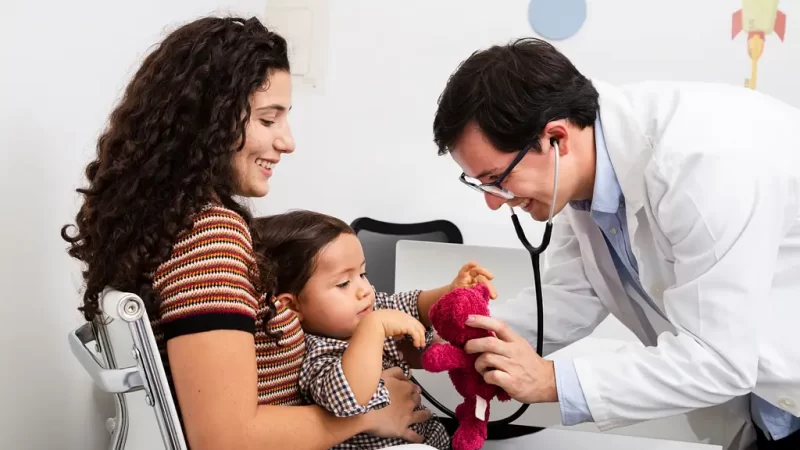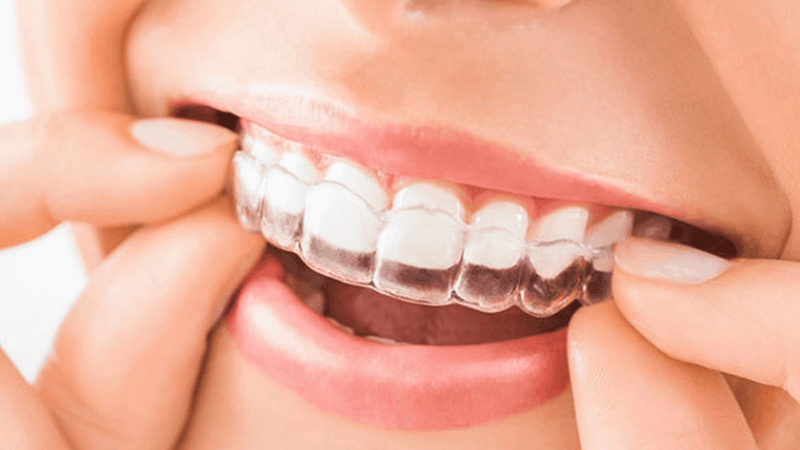Understanding Ectropion: Explore Causes, Symptoms & Surgical Treatments

Ectropion, a condition often overlooked, can significantly impact eye health and comfort. When the eyelid turns outward, it leaves the inner surface exposed and prone to irritation. This seemingly minor issue can lead to more serious complications if not addressed promptly.
Understanding the causes and symptoms of ectropion is crucial for early detection and effective management. Aging, injury, or even certain medical conditions can trigger this eyelid disorder, with symptoms ranging from excessive tearing to chronic irritation. Recognizing these signs early can make a world of difference in treatment outcomes.
For those affected, surgical treatments often offer a reliable solution. These procedures not only correct the eyelid’s position but also alleviate discomfort and prevent further damage. As more people seek information on this condition, understanding ectropion’s intricacies becomes essential for maintaining eye health and overall well-being.
What Causes Ectropion and Its Symptoms
Ectropion occurs when the eyelid turns outward. Aging weakens eyelid muscles, leading to this condition. Skin relaxation and sagging, often associated with aging, contribute significantly. Injuries, burns, or trauma to the eyelid also trigger Ectropion by damaging muscles or skin. Medical conditions such as facial paralysis or genetic disorders like Down syndrome increase the risk. Chronic eye conditions, including inflammation or tumors, pressure the eyelid and cause ectropion in rare cases.
Symptoms vary but often involve discomfort. Excessive tearing occurs as tears aren’t properly drained. Dryness or irritation results from exposed inner eyelid surfaces. Redness, a gritty feeling, itching, or inflammation often accompany these symptoms. If untreated, prolonged exposure leads to more severe infections or corneal damage, necessitating prompt attention from an oculofacial surgeon, such as Dr. Amjad Z. Ahmad, M.D., for accurate diagnosis and management.
When to Seek Treatment for Ectropion
Individuals experiencing persistent symptoms caused by ectropion should consider seeking treatment promptly. While mild cases may be manageable with artificial tears or lubricating ointments, persistent discomfort, increased sensitivity to light, or repeated eye infections indicate a need for professional evaluation.
Chronic symptoms, such as excessive tearing or prolonged redness, signal a need for medical attention to prevent corneal damage. If self-care measures prove ineffective after several weeks, it’s advisable to consult a specialist. An Oculofacial Surgeon Dr. Amjad Z. Ahmad, M.D., who specializes in eyelid disorders, can provide an accurate diagnosis and tailored treatment plan.
Eye irritation, particularly when accompanied by a gritty sensation or discharge, suggests potential complications that necessitate surgical intervention. Seeking timely assistance helps address underlying causes, alleviating discomfort and preserving eye health.
Surgical Methods for Correcting Ectropion
Surgical methods effectively address ectropion by repositioning the eyelid and preventing further complications. Oculofacial surgeons, such as Dr. Amjad Z. Ahmad, M.D., employ various techniques based on the underlying cause and severity of the condition.
- Lateral Tarsal Strip Procedure
Surgeons often use this method to tighten the lower eyelid. They make a small incision near the outer corner, shorten the eyelid, and secure it to the bone. This approach is beneficial for involutional ectropion caused by aging. - Medial Canthoplasty
This technique repairs the inner aspect of the eyelid. It’s particularly effective for medial ectropion, where the eyelid droops near the nose. The procedure involves reinforcing the medial canthal tendon to enhance eyelid positioning. - Full-Thickness Eyelid Shortening
To address horizontal laxity, surgeons remove a section of the eyelid and suture the edges together. This procedure is suitable for various ectropion types and achieves a taut, correctly positioned eyelid. - Skin Grafting or Flap Procedures
For patients with skin deficiency due to scarring or injury, surgeons utilize grafts or flaps from donor sites. This method restores normal anatomy and function by supplementing missing tissue. - Canthal Tendon Plication
Strengthening eyelid support with plication of the canthal tendon is effective for ligament laxity. This minimally invasive technique enhances stability without extensive incisions.
Each procedure tailors to the specific needs and anatomy of the patient for optimal results. Following surgery, patients typically require a recovery period with protective measures and follow-up care to ensure healing and function restoration.
Preventing Complications with Early Treatment
Early treatment of ectropion minimizes potential complications and preserves eye health. Identifying symptoms like excessive tearing, irritation, and inflammation early helps address underlying issues before they worsen. Prompt attention reduces the risk of infections and corneal damage by preventing prolonged exposure of the inner eyelid.
Consulting a specialist, such as Dr. Amjad Z. Ahmad, M.D., ensures a tailored approach for managing ectropion. An oculofacial surgeon evaluates the condition and determines the best course of action, whether through non-surgical methods like artificial tears or advanced surgical techniques. By pursuing early intervention, patients avoid complications that arise from untreated or worsening ectropion.
Effective management during initial stages enhances recovery outcomes and maintains ocular function. For those facing persistent symptoms, seeking a professional assessment can significantly improve quality of life and prevent serious eye-related issues.
Expected Recovery and Aftercare Needs
Understanding ectropion and its treatment options empowers individuals to make informed decisions about their eye health. After surgical correction, patients can anticipate a recovery period where following prescribed aftercare measures is crucial. This includes using protective eyewear, applying prescribed ointments, and attending follow-up appointments to monitor healing progress. Adhering to these guidelines ensures optimal recovery and reduces the risk of complications. Patients should also be aware of any changes in symptoms and communicate with their healthcare provider to address concerns promptly. By prioritizing aftercare, individuals enhance their chances of a successful outcome and maintain long-term ocular well-being.







